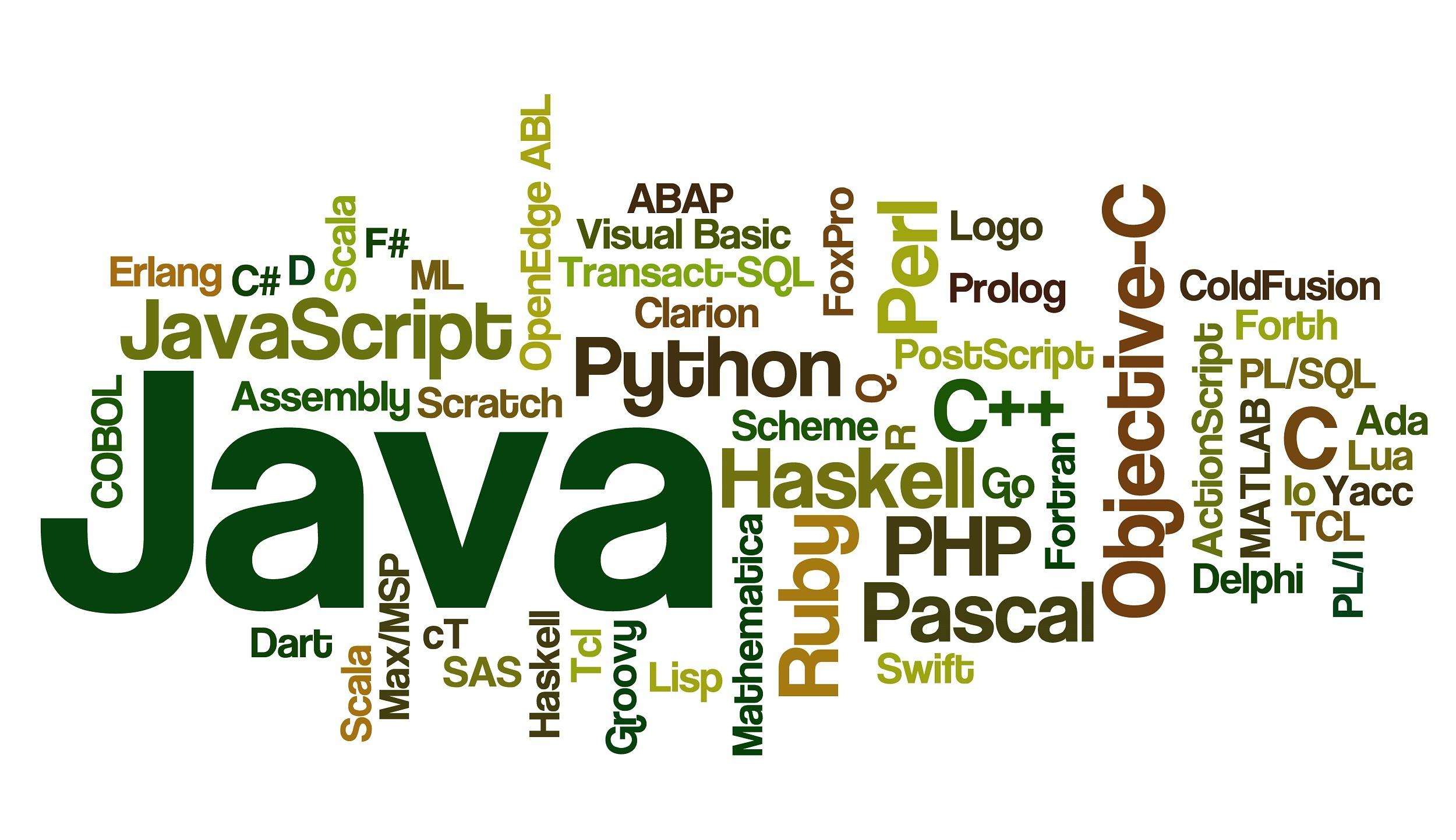A Simple Netty Based On JAVA NIO
基于Java NIO 写的一个简单版 Netty 服务端
前置知识
NIO
- NIO 一般指 同步非阻塞 IO,同样用于**描述程序访问数据方式 **的还有BIO(同步阻塞)、AIO(异步非阻塞)
- 同步异步指获取结果的方式,同步为主动去获取结果,不管结果是否准备好,异步为等待结果准备好的通知
- 阻塞非阻塞是线程在结果没有到来之前,是否进行等待,阻塞为进行等待,非阻塞则不进行等待
- NIO 主动地去获取结果,但是在结果没有准备好之前,不会进行等待。而是通过一个 多路复用器 管理多个通道,由一个线程轮训地去检查是否准备好即可。在网络编程中,多路复用器通常由操作系统提供,Linux中主要有 select、poll、epoll。同步非阻塞指线程不等待数据的传输,而是完成后由多路复用器通知,线程再将数据从内核缓冲区拷贝到用户空间内存进行处理。
Java NIO
- 基于 NIO 实现的网络框架,可以用少量的线程,处理大量的连接,更适用于高并发场景。于是,Java提供了NIO包提供相关组件,用于实现同步非阻塞IO
- 核心三个类Channel、Buffer、Selector。Channel代表一个数据传输通道,但不进行数据存取,有Buffer类进行数据管理,Selector为一个复用器,管理多个通道
Bytebuffer
- 该类为NIO 包中用于操作内存的抽象类,具体实现由HeapByteBuffer、DirectByteBuffer两种
- HeapByteBuffer为堆内内存,底层通过 byte[ ] 存取数据
- DirectByteBuffer 为堆外内存,通过JDK提供的 Unsafe类去存取;同时创建对象会关联的一个Cleaner对象,当对象被GC时,通过cleaner对象去释放堆外内存
各核心组件介绍
NioServer
为启动程序类,监听端口,初始化Channel
- 下面为NIO模式下简单服务端处理代码
// 1、创建服务端Channel,绑定端口并配置非阻塞
ServerSocketChannel serverSocketChannel = ServerSocketChannel.open();
serverSocketChannel.socket().bind(new InetSocketAddress(6666));
serverSocketChannel.configureBlocking(false);
// 2、创建多路复用器selector,并将channel注册到多路复用器上
// 不能直接调用channel的accept方法,因为属于非阻塞,直接调用没有新连接会直接返回
Selector selector = Selector.open();
serverSocketChannel.register(selector, SelectionKey.OP_ACCEPT);
// 3、循环处理多路复用器的IO事件
while(true){
// 3.1、select属于阻塞的方法,这里阻塞等待1秒
// 如果返回0,说明没有事件处理
if (selector.select(1000) == 0){
System.out.println("服务器等待了1秒,无IO事件");
continue;
}
// 3.2、遍历事件进行处理
Set<SelectionKey> selectionKeys = selector.selectedKeys();
Iterator<SelectionKey> iterator = selectionKeys.iterator();
while(iterator.hasNext()){
SelectionKey key = iterator.next();
// accept事件,说明有新的客户端连接
if (key.isAcceptable()){
// 新建一个socketChannel,注册到selector,并关联buffer
SocketChannel socketChannel = serverSocketChannel.accept();
socketChannel.configureBlocking(false);
socketChannel.register(selector,SelectionKey.OP_READ, ByteBuffer.allocate(1024));
System.out.println("客户端连接:"+socketChannel.getRemoteAddress());
}
// read事件 (内核缓冲区的数据准备好了)
if(key.isReadable()){
SocketChannel channel = (SocketChannel)key.channel();
ByteBuffer byteBuffer = (ByteBuffer)key.attachment();
try {
// 将数据写进buffer
int readNum = channel.read(byteBuffer);
if (readNum == -1){
System.out.println("读取-1时,表示IO流已结束");
channel.close();
break;
}
// 打印buffer
byteBuffer.flip();
byte[] bytes = new byte[readNum];
byteBuffer.get(bytes, 0, readNum);
System.out.println("读取到数据:" + new String(bytes));
} catch (IOException e) {
System.out.println("读取发生异常,广播socket");
channel.close();
}
}
// write事件 (操作系统有内存写出了)
if (key.isWritable()){
SocketChannel channel = (SocketChannel)key.channel();
// 读取read时暂存数据
byte[] bytes = (byte[])key.attachment();
if (bytes != null){
System.out.println("可写事件发生,写入数据: " + new String(bytes));
channel.write(ByteBuffer.wrap(bytes));
}
// 清空暂存数据,并切换成关注读事件
key.attach(null);
key.interestOps(SelectionKey.OP_READ);
}
iterator.remove();
}
}
EventLoop
处理 Channel 中数据的读写
- 在上面的Server中,大量并发时单线程地处理读写事件会导致延迟,因此将读写处理抽取出来,可利用多线程实现高并发
- 一个EventLoop会关联一个selector,只会处理这个selector上的Channel
public class EventLoop2 implements Runnable{
private final Thread thread;
/**
* 复用器,当前线程只处理这个复用器上的channel
*/
public Selector selector;
/**
* 待处理的注册任务
*/
private final Queue<Runnable> queue = new LinkedBlockingQueue<>();
/**
* 初始化复用器,线程启动
* @throws IOException
*/
public EventLoop2() throws IOException {
this.selector = SelectorProvider.provider().openSelector();
this.thread = new Thread(this);
thread.start();
}
/**
* 将通道注册给当前的线程处理
* @param socketChannel
* @param keyOps
*/
public void register(SocketChannel socketChannel,int keyOps){
// 将注册新的socketChannel到当前selector封装成一个任务
queue.add(()->{
try {
MyChannel myChannel = new MyChannel(socketChannel, this);
SelectionKey key = socketChannel.register(selector, keyOps);
key.attach(myChannel);
} catch (Exception e){
e.printStackTrace();
}
});
// 唤醒阻塞等待的selector线程
selector.wakeup();
}
/**
* 循环地处理 注册事件、读写事件
*/
@Override
public void run() {
while (!thread.isInterrupted()){
try {
int select = selector.select(1000);
// 处理注册到当前selector的事件
if (select == 0){
Runnable task;
while ((task = queue.poll()) != null){
task.run();
}
continue;
}
// 处理读写事件
System.out.println("服务器收到读写事件,select:" + select);
processReadWrite();
}catch (Exception e){
e.printStackTrace();
}
}
}
/**
* 处理读写事件
* @throws Exception
*/
private void processReadWrite() throws Exception{
System.out.println(Thread.currentThread() + "开始监听读写事件");
// 3.2、遍历事件进行处理
Set<SelectionKey> selectionKeys = selector.selectedKeys();
Iterator<SelectionKey> iterator = selectionKeys.iterator();
while(iterator.hasNext()){
SelectionKey key = iterator.next();
MyChannel myChannel = (MyChannel)key.attachment();
if(key.isReadable()){
// 将数据读进buffer
myChannel.doRead(key);
}
if (key.isWritable()){
myChannel.doWrite(key);
}
iterator.remove();
}
}
}
EventloopGroup
一组EventLoop,轮训地为eventLoop分配Channel
public class EventLoopGroup {
private EventLoop2[] children = new EventLoop2[1];
private AtomicInteger idx = new AtomicInteger(0);
public EventLoopGroup() throws IOException {
for (int i = 0; i < children.length; i++){
children[i] = new EventLoop2();
}
}
public EventLoop2 next(){
// 轮训每一个children
return children[idx.getAndIncrement() & (children.length - 1)];
}
public void register(SocketChannel channel,int ops){
next().register(channel,ops);
}
}
Channel
封装了SocketChannel 和 Pipline,将从Channel读写的消息,沿着Pipline上的节点进行处理
- 在上面EventLoop中,注册Channel到对应的Selector前,会进行封装,将自定义的Channel放在读写事件触发时会返回的SelectionKey里面
- 同时提供了数据读写处理方法,读写事件触发时调用该方法,数据会沿着pipline上去处理
public class MyChannel {
private SocketChannel channel;
private EventLoop2 eventLoop;
private Queue<ByteBuffer> writeQueue;
private PipLine pipLine;
/**
* 一个channel关联一个eventLoop、一个pipLine、一个socketChannel、一个writeQueue
* @param channel
* @param eventLoop
*/
public MyChannel(SocketChannel channel, EventLoop2 eventLoop) {
this.channel = channel;
this.eventLoop = eventLoop;
this.writeQueue = new ArrayDeque<>();
this.pipLine = new PipLine(this,eventLoop);
this.pipLine.addLast(new MyHandler1());
this.pipLine.addLast(new MyHandler2());
}
/**
* 读事件处理
* @param key
* @throws Exception
*/
public void doRead(SelectionKey key) throws Exception{
try {
ByteBuffer buffer = ByteBuffer.allocate(1024);
int readNum = channel.read(buffer);
if (readNum == -1){
System.out.println("读取-1时,表示IO流已结束");
channel.close();
return;
}
// 转成可读状态
buffer.flip();
// 消息放入pipLine,交给头节点, 头节点开始传递
pipLine.headContext.fireChannelRead(buffer);
} catch (IOException e) {
System.out.println("读取发生异常,广播socket");
channel.close();
}
}
/**
* 真正地写出数据,关注写事件后,会触发
* @param key
* @throws IOException
*/
public void doWrite(SelectionKey key) throws IOException{
ByteBuffer buffer;
while ((buffer =writeQueue.poll()) != null){
channel.write(buffer);
}
// 回复读取状态
key.interestOps(SelectionKey.OP_READ);
}
/**
* 写出到队列
* @param msg
*/
public void doWriteQueue(ByteBuffer msg){
writeQueue.add(msg);
}
/**
* 从最后一个节点进行写出,写出到头节点是调用doWriteQueue
* @param msg
*/
public void write(Object msg){
this.pipLine.tailContext.write(msg);
}
/**
* 从最后一个节点进行flush,写出到头节点时调用doFlush
*/
public void flush(){
this.pipLine.tailContext.flush();
}
/**
* 关注写事件,才能进行真正地写出
*/
public void doFlush(){
this.channel.keyFor(eventLoop.selector).interestOps(SelectionKey.OP_WRITE);
}
}
Handler 和 HandlerContext
handler 接口定义了可以扩展处理的消息,由开发人员实现具体的处理
handlerContext 类封装了handler的实现类,将handler的上一个节点和下一个节点,让消息可以延者链表传递
public interface Handler {
/**
* 读取数据处理
* @param ctx
* @param msg
*/
void channelRead(HandlerContext ctx,Object msg);
/**
* 写出数据
* @param ctx
* @param msg
*/
void write(HandlerContext ctx,Object msg);
/**
* 刷下数据
* @param ctx
*/
void flush(HandlerContext ctx);
}
public class HandlerContext {
private Handler handler;
MyChannel channel;
HandlerContext prev;
HandlerContext next;
public HandlerContext(Handler handler, MyChannel channel) {
this.handler = handler;
this.channel = channel;
}
/**
* 读消息的传递,从头节点开始往后传
* @param msg
*/
public void fireChannelRead(Object msg){
HandlerContext next = this.next;
if (next != null){
next.handler.channelRead(next,msg);
}
}
/**
* 从尾节点开始往前传
* @param msg
*/
public void write(Object msg){
HandlerContext prev = this.prev;
if (prev != null){
prev.handler.write(prev,msg);
}
}
/**
* 从尾节点开始往前传
*/
public void flush(){
HandlerContext prev = this.prev;
if (prev != null){
prev.handler.flush(prev);
}
}
}
Pipline
本质是链表,包含了头尾节点的HandlerContext,提供方法给开发人员加节点
public class PipLine {
private MyChannel channel;
private EventLoop2 eventLoop;
public HandlerContext headContext;
public HandlerContext tailContext;
public PipLine(MyChannel channel, EventLoop2 eventLoop) {
this.channel = channel;
this.eventLoop = eventLoop;
PipHandler headHandler = new PipHandler();
this.headContext = new HandlerContext(headHandler,channel);
PipHandler tailHandler = new PipHandler();
this.tailContext = new HandlerContext(tailHandler,channel);
// 构建链表
this.headContext.next = this.tailContext;
this.tailContext.prev = this.headContext;
}
public void addLast(Handler handler){
HandlerContext curr = new HandlerContext(handler, channel);
// 连接在倒数第二个后面
HandlerContext lastButOne = this.tailContext.prev;
lastButOne.next = curr;
curr.prev = lastButOne;
// 连接在最后一个前面
curr.next = tailContext;
tailContext.prev = curr;
}
public static class PipHandler implements Handler{
@Override
public void channelRead(HandlerContext ctx, Object msg) {
System.out.println("接收"+(String) msg +"进行资源释放");
}
@Override
public void write(HandlerContext ctx, Object msg) {
System.out.println("写出"+msg.toString());
}
@Override
public void flush(HandlerContext ctx) {
System.out.println("flush");
}
}
}






评论区